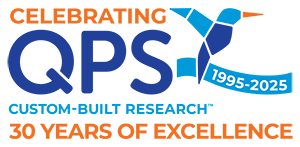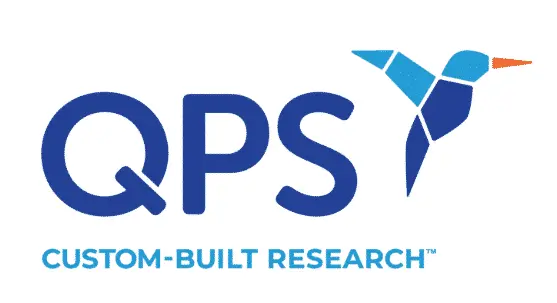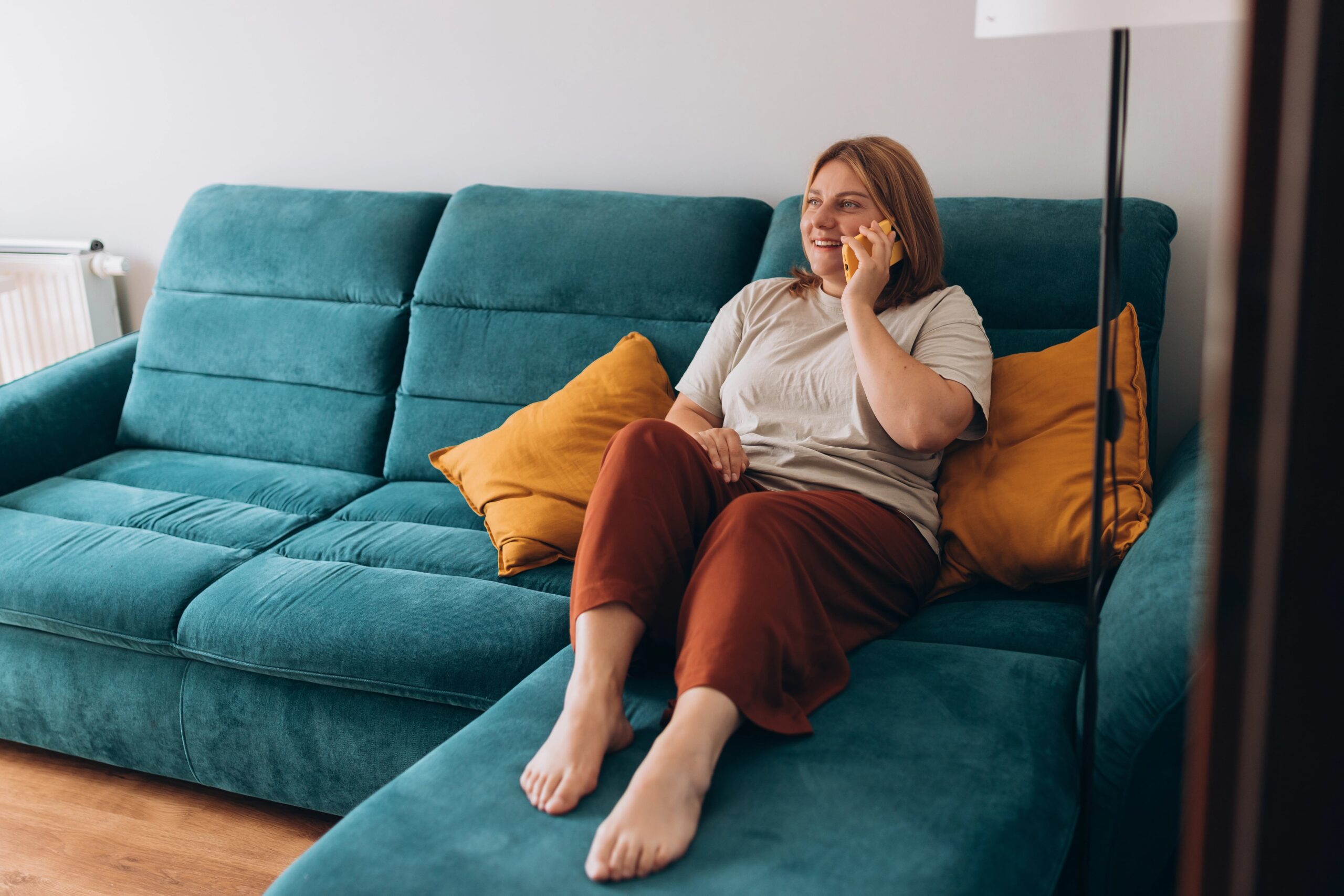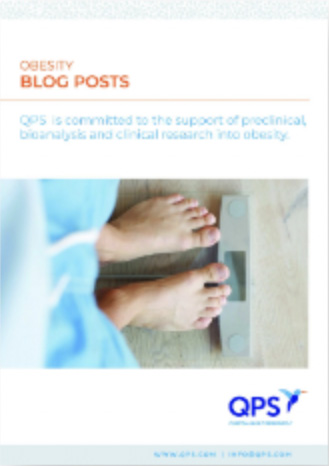Sitting down might seem harmless, but for heart attack survivors, prolonged sedentary time could spell significant trouble. According to recent research, replacing just 30 minutes of daily sitting with physical activity—or even sleep—can substantially reduce the risk of experiencing another cardiac event.
Hidden Risks for Heart Attack Survivors
Having a heart attack puts people at heightened risk for further cardiovascular events, including arrhythmias, heart failure and even sudden cardiac arrest. “The risks for heart attack survivors are still substantial,” explained Keith Diaz, Associate Professor of Behavioral Medicine at Columbia University Medical Center. “Even those survivors who receive the most advanced treatments and medications still have significant risk. That’s why it’s urgent to find additional ways to reduce this risk.”
Past research has identified lifestyle changes, including dietary improvements, smoking cessation and increased physical activity, as important factors in preventing subsequent cardiac events. Diaz’s latest research highlights sedentary behavior as another vital risk factor.
Sedentary Lifestyle Doubles Risk
The study, published in Circulation: Cardiovascular Quality and Outcomes, examined more than 600 adults recovering from heart attacks or chest pain. Participants wore wrist accelerometers to track their activity and sedentary habits for an average of 30 consecutive days after leaving the hospital.
Findings revealed a troubling link: participants who spent more than 14 hours daily sitting had more than double the risk of another heart event or hospitalization within a year compared to those who were more active. Diaz underscored, “Sedentary behavior is a toxic, harmful behavior which can impact recovery and future health risk after a heart event.”
A Crucial Misconception About Exercise
Diaz points out a common misunderstanding: the belief that occasional exercise negates the dangers of prolonged sitting. “A big misconception among both patients and physicians is that sedentary behavior doesn’t matter as long as you are getting your exercise in,” Diaz explained. However, the study showed that the risk associated with excessive sitting remained high even for those who regularly exercised.
“Our study found that patients who spent more time sitting after a heart event had a higher risk of cardiac events and death within a year, irrespective of exercise levels,” he emphasized.
Small Changes, Big Benefits
On the brighter side, replacing sedentary time with physical activity—even of moderate or low intensity—brought significant benefits. The study found that swapping 30 minutes of daily sedentary behavior for light physical activity reduced the risk of secondary heart events by 50%. Increasing the activity intensity to moderate or vigorous levels further reduced risk by 61%.
“The large reduction in risk from replacing sedentary time with light-intensity activity really underscores an important public health message: doing something is better than doing nothing,” Diaz said. “Movement itself, regardless of intensity, can be beneficial after hospitalization.”
Rest and Recovery
Even replacing sitting with sleep offered health benefits, reducing the risk of secondary cardiac events by 14%. Diaz noted, “Sleep is healthier than sitting. It’s a restorative behavior that helps the body and mind recover, especially important after a serious health event.”
Cardiologist Christopher Berg, from MemorialCare Heart and Vascular Institute, highlighted the significance of these findings: “What really stood out to me was the authors’ statistical approach that suggested even replacing 30 minutes of sedentary time with light activity, moderate exercise or even sleep was associated with a lower risk of heart events and death. That’s a powerful message.”
While noting that the study’s observational approach cannot necessarily be used to determine causality, Berg emphasized the core message remains robust: staying active, even in small increments, is beneficial.
Hopeful Steps Forward
Ultimately, these findings offer heart attack survivors accessible strategies to reduce risks significantly. By incorporating more movement or rest into daily routines, individuals can take practical, positive steps toward improved heart health and recovery.
Did you enjoy this blog post? Check out our other blog posts as well as related topics on our Webinar page.
QPS is a GLP- and GCP-compliant contract research organization (CRO) delivering the highest grade of discovery, preclinical, and clinical drug research development services. Since 1995, it has grown from a tiny bioanalysis shop to a full-service CRO with 1,200+ employees in the US, Europe, Asia, India and Australia. Today, QPS offers expanded pharmaceutical contract R&D services with special expertise in pharmacology, DMPK, toxicology, bioanalysis, translational medicine, cell therapy (including PBMCs, leukopaks and cell therapy products), clinical trial units and clinical research services. An award-winning leader focused on bioanalytics and clinical trials, QPS is known for proven quality standards, technical expertise, a flexible approach to research, client satisfaction and turnkey laboratories and facilities. Through continual enhancements in capacities and resources, QPS stands tall in its commitment to delivering superior quality, skilled performance and trusted service to its valued customers. For more information, visit www.qps.com or email info@qps.com.





